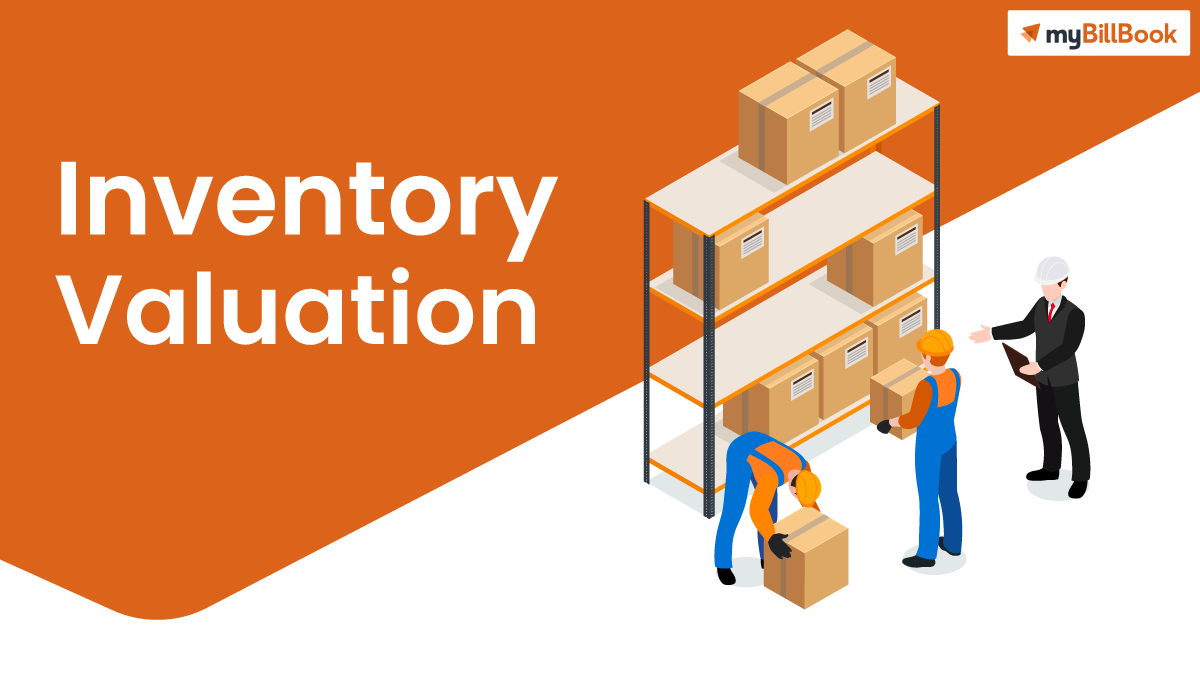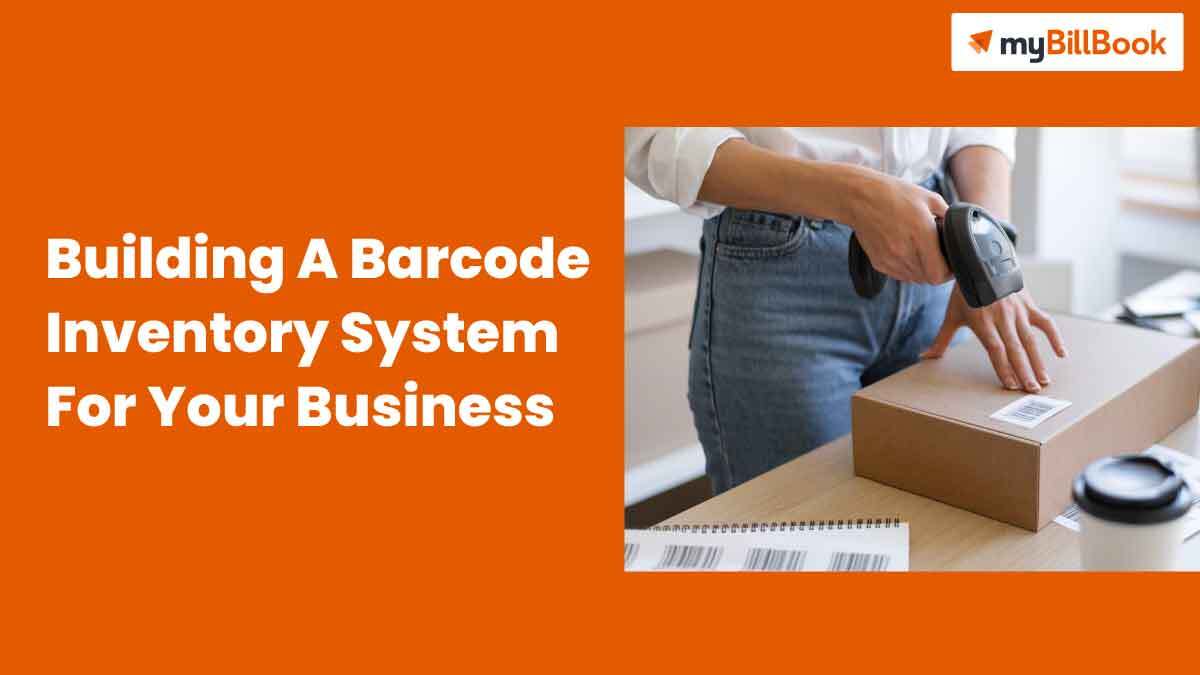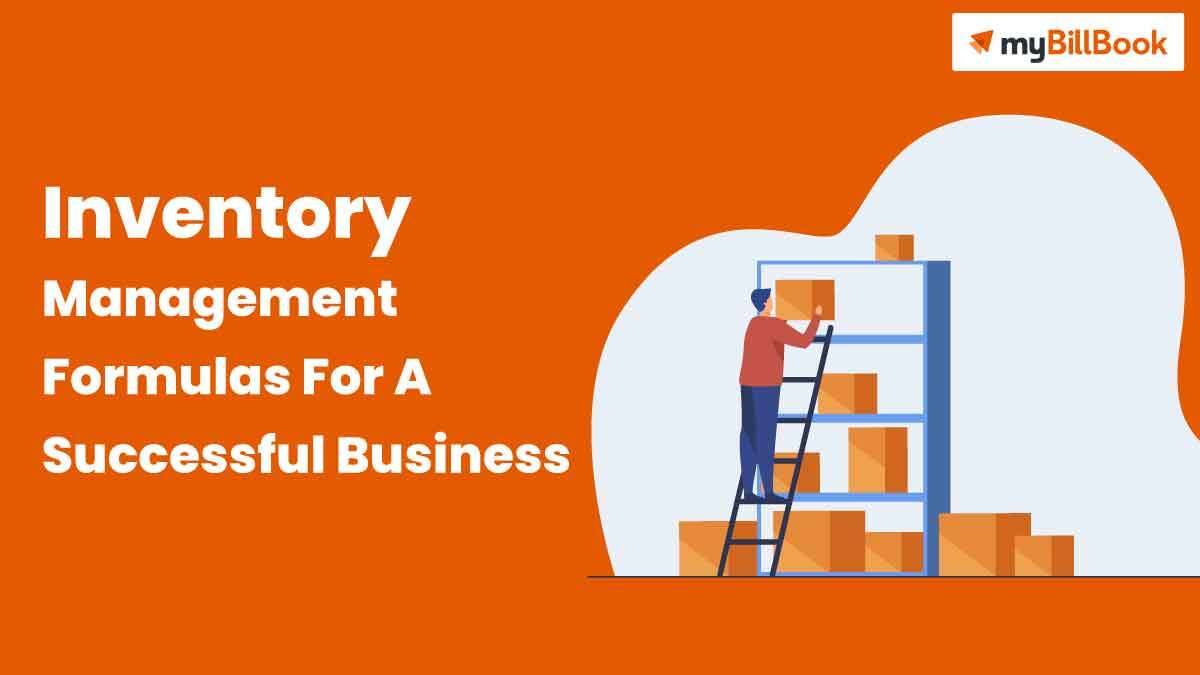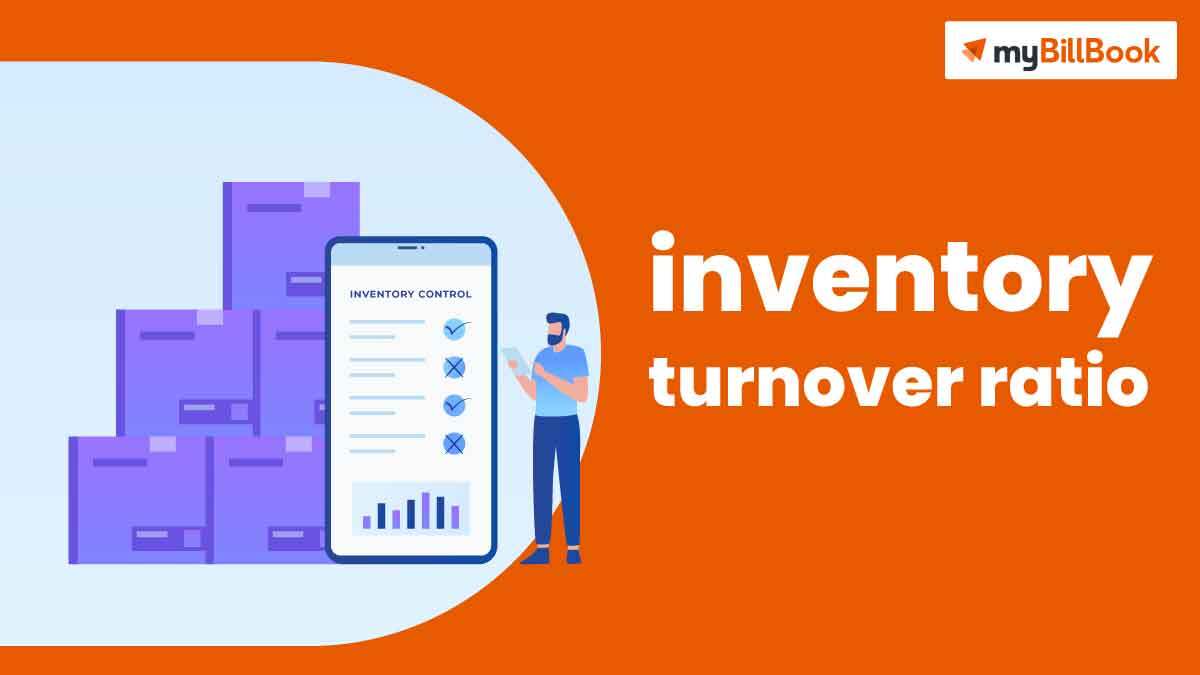What is Inventory Valuation?
Inventory valuation is the method to determine the value of the unsold stock at the time of preparing financial statements. Inventory is the goods you have in stock for your business. But not all inventories that you possess will be sold out at the same time. Inventory that is held up has a monetary value attached to it and should be accounted for as an asset in the balance sheet. The largest section of current asset that a business always owns is its inventory (stock).
The inventory is valued by keeping in mind a few costs such as the cost of goods at the time of purchase, the cost associated with transport, overheads, etc. Read this article aims to know why inventory valuation is important, what goods to cover in inventory valuation and the different methods a business can adopt while valuating their inventory.
Importance of Inventory Valuation
Inventory valuation forms a key part of the cost of goods sold (COGS) calculation, and can also be used as collateral for small loans such as working capital loan or short term loans. This valuation needs to be done for closing the accounting books at the end of the year.
However, businesses should value their inventory at regular intervals to avoid last-minute errors, duplication and omission of any entry. The method through which a business intends to value their inventory has an effect on their cash flow, ability to borrow money, sale of business and payments of taxes. Hence it is important to not only understand inventory valuation but choose the right method of valuation that suits your business the best.
While accounting for small businesses may seem like it’s an easy task and not much needs to be done, many small business owners tend to overlook inventory valuation. But, they should not do this.
Important Items that need to be covered in Inventory Valuation
As a business owner, you need to be sure of what all costs need to be included when you are valuing your inventory. Many businesses think that the actual value of the goods lying as inventory is the correct value of inventory. But, that’s incorrect and will result in an accounting mistake. Inventory valuation includes not only the cost of goods but other added expenses incurred to procure and preserve those inventory.
The inventory valuation is based on the costs incurred by the entity to acquire the inventory, convert it into a condition that makes it ready for sale, have it transported into the proper place for the sale and preserve the remaining inventory. Do not add any administrative or selling costs to the cost of inventory. The costs that can be included in an inventory valuation are:
- Direct labour
- Direct materials
- Factory overhead
- Freight in
- Import duties
Different types of Inventory Valuation Methods
Here are the different methods of inventory valuation:
- The first in, first out method (FIFO) – where it is assumed that the first items to enter the inventory are the first ones to be used.
- The last in, first out method (LIFO) – where it is assumed that the last items to enter the inventory are the first ones to be used.
- The weighted average method (WAC) – method is used to calculate the average cost of inventory purchased throughout the year. The average cost per unit is determined by dividing the overall cost by the total number of units purchased during the financial year.
Example of how to calculate inventory value with different inventory valuation methods
Now that we have touched upon the different valuation methods, in brief, we’re going to explain each method in-depth and with examples for you to understand better. To make the explanation easier, let’s assume Mr Kiran is running a business under the entity name of Kiran Enterprises that sells shirts and t-shirts.
Since there is no specific method that is widely used, we will start with first in, first out (FIFO).
- First in, First out (FIFO)
In this method of valuation, goods that are brought in at an earlier date are sold first as compared to goods that are brought in on a later date. In other words, the oldest inventory is cleared out and sold first. FIFO is a commonly used method since businesses prefer to sell products in the order of how they’ve been purchased.
Example:
Kiran Enterprises bought 100 shirts on 10th August 2020 and another 150 shirts on 10th September 2020.
100 shirts at INR 250 per shirt
150 shirts at INR 300 per shirt
On 15th September he sells 50 shirts
Under FIFO, the calculation will be as follows:
Cost of goods sold (COGS) = 50 shirts x INR 250 per shirt
= INR 12,500
Remaining inventory = 50 shirts x INR 250 + 150 shirts x INR 300
= INR 12,500 + INR 45,000
= INR 57,500
- Last in, First out (LIFO)
Moving onto the next method, this valuation method assumes that the most recent inventory is sold first. In short, the exact opposite of FIFO. When the prices of goods increase, COGS in the LIFO method is relatively higher and the ending inventory balance is relatively lower. We will showcase this with an example.
Taking the same example and figure from above, when Kiran Enterprise sells 50 shirts under the LIFO method, the numbers will look like this
Cost of goods sold (COGS) = 50 shirts x INR 300 per shirt
= INR 15,000
Remaining inventory = 100 shirts x INR 300 + 100 shirts x INR 250
= INR 30,000 + INR 25,000
= INR 55,000
- Weighted Average Cost
With the WAC inventory valuation method, the COGS and inventory are based on an average cost of all items purchased during a period. This method is usually used when a business doesn’t have much variation in its inventory. Going back to the same example.
Weighted avg of shirts = Avg of. 100 x INR 250 + 150 x INR 300
= INR 25,000 + INR 30,000
= INR 55,000/ 250 shirts
= INR 220 per shirt
Cost of goods sold (COGS) = 50 shirts x INR 220
= INR 11,000
Remaining balance = 200 shirts x INR 220
= INR 44,000
| FIFO | LIFO | WAC | |
| COGS | 12,500 | 15,000 | 11,000 |
| Remaining inventory balance | 57,500 | 55,000 | 44,000 |
Summing up the above examples in a simple table for comparison. *All figures are in INR
How to choose the best valuation method for a business
Choosing the right inventory valuation method for your business depends on several factors, like where your business is based, whether your costs are going up or down, and how much your inventory varies. The right inventory valuation method is important as it has a direct impact on the business’s profit margin. Your choice can lead to drastic differences in the cost of goods sold, net income and closing inventory.
There are advantages and disadvantages of each of its method and as a business entity, you need to figure out which is the method that works well for your business and style. Some businesses are seasonal and prefer a WACC method whereas non-perishable goods that can be used year-round prefer the FIFO inventory valuation method.
To assess the method which is best for you, you need to pay attention to changes in the inventory costs.
- If the inventory costs are escalating or are likely to increase, LIFO costing may be better. As higher cost items are considered sold, it results in higher costs and lower profits. Such a method is preferred during an economic cycle of inflation as the prices of goods and services are on the rise.
- In case your inventory costs are falling, FIFO might be the best option for you.
- For a more accurate cost, use the FIFO method of inventory valuation as it assumes the older items that are less costly are the ones sold first. Generally, most businesses prefer the FIFO option in India as it keeps the business cycle seamless and is easier to track.
Key Takeaways
While inventory valuation and its methods can be overwhelming at the first glance, once you deep dive into it, the process is continuous and seamless. While we can get into a lot more details and fundamentals, this article is the introduction and a simple way of understanding inventory valuation.
With the ease of technology and cloud accounting, many online software already provides a pre-format that helps and manages the inventory valuation for your business. myBillBook provides this feature for small and medium businesses on phone and desktop.
Inventory Valuation FAQs
What are the main three methods of inventory valuation?
The three most common methods are
a. First in, first out
b. Last in, first out
c. Weighted average cost
When is the inventory valuation accounted for?
Each inventory is evaluated at the end of a particular reporting period.
Can you change your inventory valuation midway?
While it is possible to change your method through your business cycle, sometimes it can become a long and tedious process. However, the method cannot be changed midway through a business cycle year.
What is the inventory valuation method available on myBillBook?
Currently, only FIFO is available on myBillBook for business entities to value their inventory.







